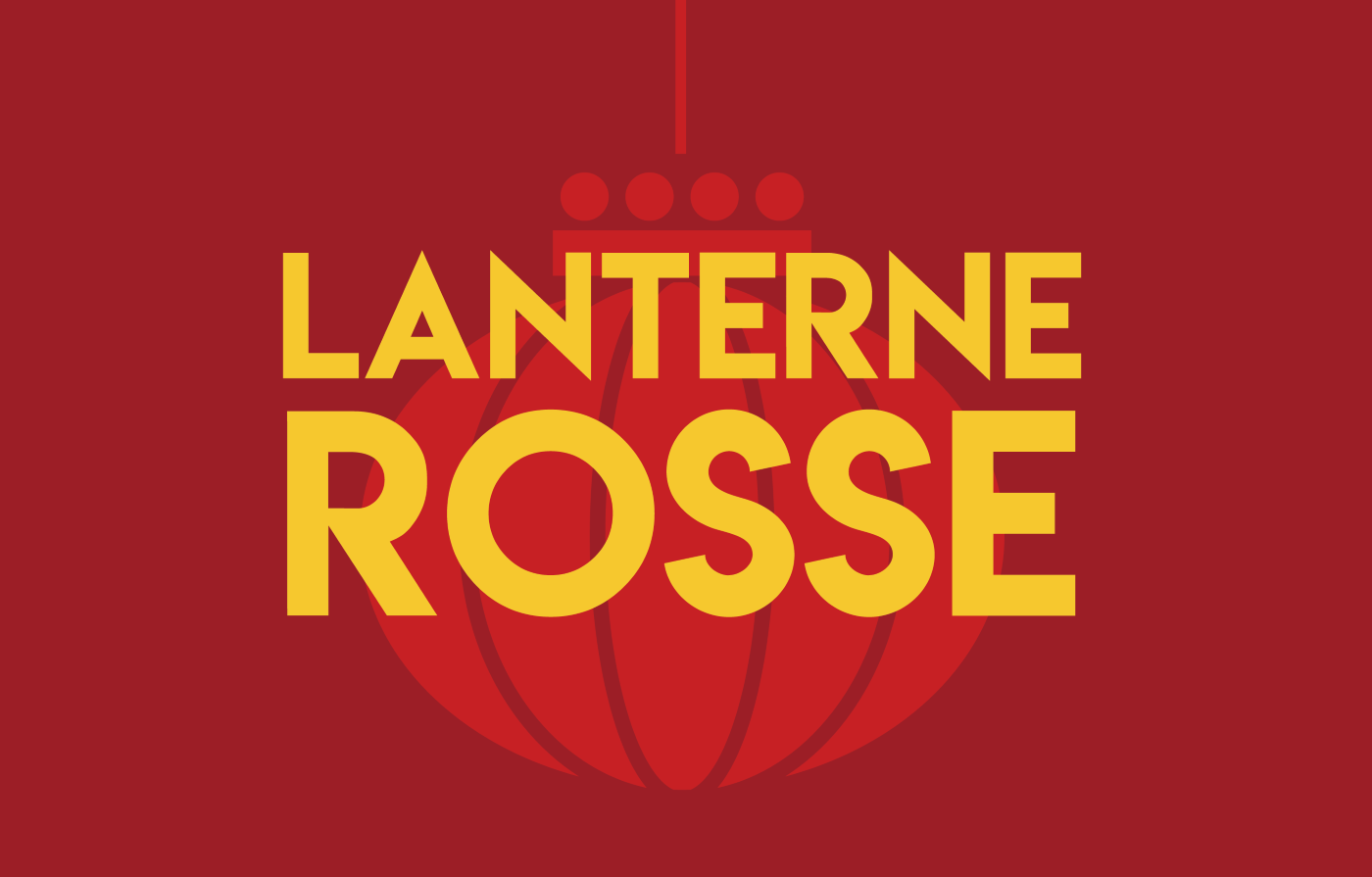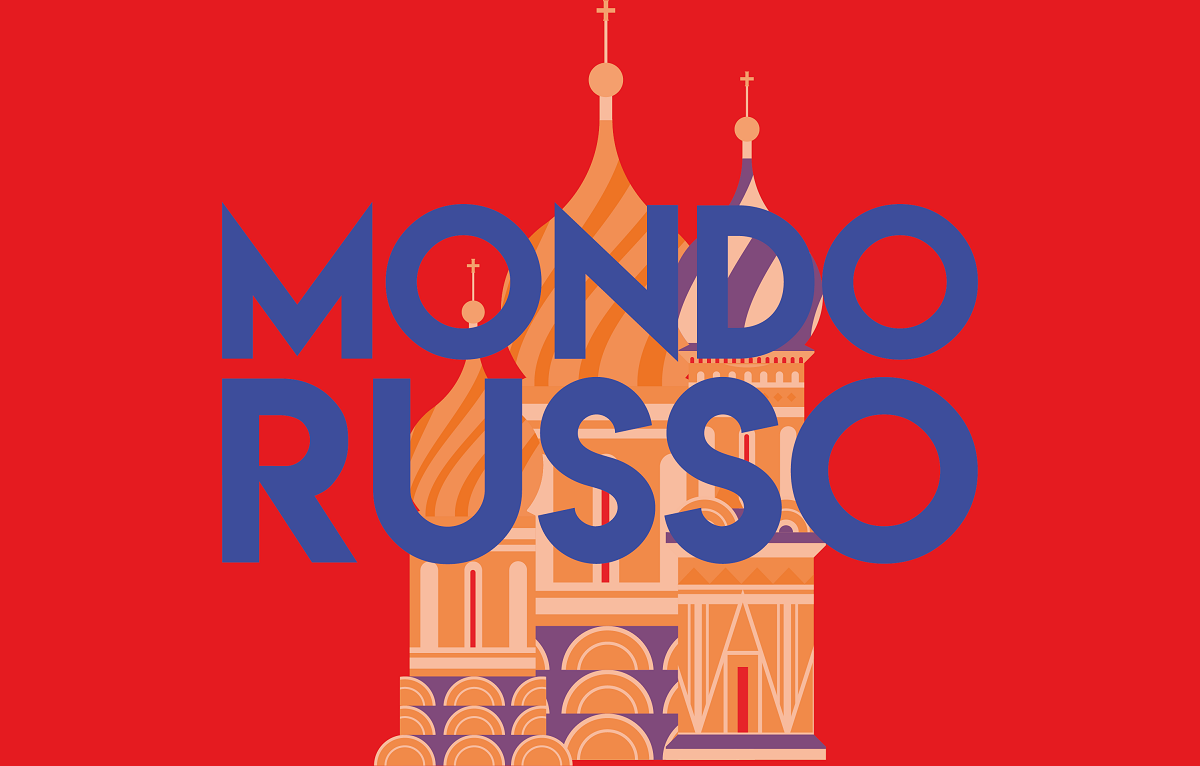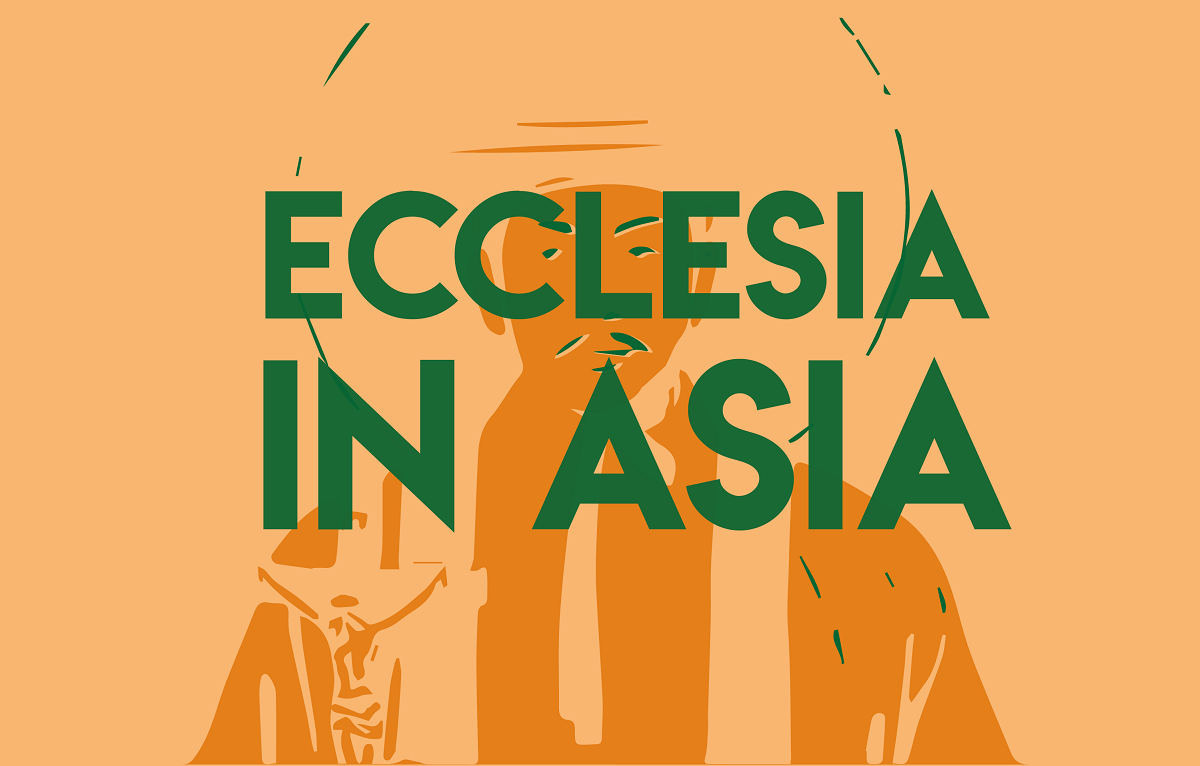Aum Shinrikyo: poisoned fruit searching for God
Tokyo (AsiaNews) On Feb. 27 a Tokyo court sentenced to death Shoko Asahara, the founder of the Buddhist Aum Shinrikyo (the Supreme Truth of Aum) sect. The court found him guilty of ordering his followers to commit a string of crimes, including nerve gas attacks in the capital's subway system.
The forty-nine year-old Asahara, whose real name is Chizuo Matsumoto, "is the most perverse criminal in the history of Japan," said judge Shoji Ogawa. "He never asked his victims for forgiveness and has acted like a real coward when trying to pass the responsibility for his crimes onto his followers."
Media around the world covered his most ruthless crime, which occurred on March 20 1995 when Aum members released nerve gas into Tokyo's subway cars, killing 12 and seriously intoxicating 3794 people.
A seriously sick society
The long verdict explaining the reasons for Shoko Asahara's sentence disappointed many Japanese citizens. They expected to hear reasons why such a brutal crime had occurred in their society.
Yet the mass media said what the court was not able to say. "The sentencing of the sect's founder is none other than the first step in a long reflection we must all do", read one editorial in the prestigious daily, Asahi Shinbun. Allow me to paraphrase the content of the article.
In 1983 a young song-writer by the name of Yutaka Osaki released a song denouncing the values and structure of a Japanese society forged by the previous generation.
An efficient working economy was considered the highest value and society's rigid management of this efficiency was the means of fostering and maintaining it. For over 40 years the system worked and the generation which invented or accepted it felt satisfied. Yet young people weren't happy: "The easy life, with which the loud chattering of adults associate us, does not satisfy us. Don't forget about the beautiful things in life" was the theme of the hit-song.
The Aum Shinrikyo sect was born the following year and quickly became a den for young and intelligent but unfulfilled Japanese. At the beginning the compassionate and kind appearance of its founder hid his criminal goals and purposes. But not for long.
In 1989 a self-motivated lawyer, Tsutsumi Sakamoto, launched an investigation on the sect to help one woman get out of it. On Nov. 4 of the same year the young attorney, together with his wife and one year-old daughter, disappeared without a trace. Six years later, their bodies were found, after some of arrested sect members gave indications as to where their corpses were buried in a mountainous region of the country. The sect's guru had ordered some young Aum disciples to strangle them to death.
On June 27 1994 the same young members released deadly nerve gas on Matsumoto city streets, leaving 7 dead and 119 injured. At that very same time a local court judge was examining a charge brought against the Aum Shinrikyo sect!
Unsatisfied religious sect
In an attempt to foster national reflection on the issue, the Asahi Shinbun daily invited the help of some famous figures in the field of education. Let us summarize that of Dr. Keijii Ueshima, a religious anthropology scholar.
Seeing as several Aum Shinrikyo were young men and women with advanced academic degrees in science, Ueshima says that the event was unavoidable Their love for science did not satisfy the heart's deepest desires. These young people, precisely because they were scientists, were acutely aware of what they were doing. Unfortunately their work tried to destroy the religious sect, satisfying their thirst for science with poisonous waters. Poisonous but at the same time attractive, as Asahara offered them the means and environment to develop their professional ambitions.
Their science would have served to destroy a society corrupt beyond repair. "Killing is permitted according to the Supreme Truth (Shinrikyo)," the guru taught them. The massive nerve gas attack in downtown Tokyo was not a simple terrorist attempt in the mind of its organizer, but the beginning of final showdown between Good and Evil, a battle he termed with the biblical word Armageddon.
The Catholic Church's position
The day after the ruthless sarin nerve gas attack some intellectuals scolded the world's great religions, including Christians and Catholics, blaming them for not noticing the religious desires flourishing in society and for not having responded properly to such demands.
The Church, even while humble acknowledging its faults and inadequacies, cannot retreat wholly into itself. The Church knows it has an element of the divine within itself, used to light the way for an alternative society. If it forgets this, falling on the excuse of its smallness of number, it becomes like tasteless salt.01/08/2021 18:17






.png)










